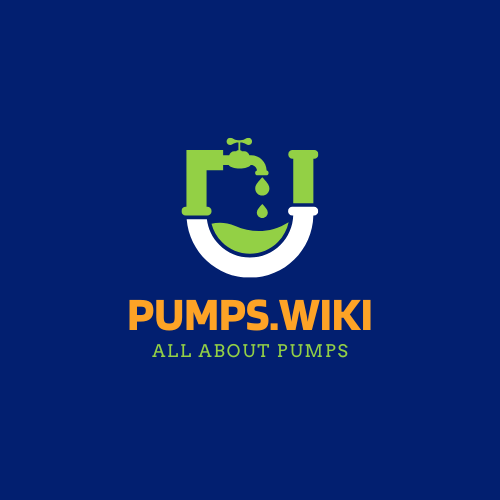In the heart of Chicago’s urban landscape, homeowners face unique challenges with water management, particularly in low-lying areas prone to basement flooding. The city’s stringent building codes mandate specific requirements for sump pump installations, addressing critical drainage needs to protect residential properties from water damage and potential structural issues.
What Triggers Sump Pump Requirements in Chicago?
Sump pump requirements in Chicago are primarily driven by specific drainage challenges. The city mandates sump pump installation when:
- Building drains cannot naturally discharge water by gravity
- Basement or crawl space water accumulation is persistent
- Property is located in a high water table zone
Key Regulatory Considerations
| Requirement | Specification |
|---|---|
| Minimum Pit Size | 18 inches diameter |
| Pit Depth | 30 inches minimum |
| Discharge Pipe | Must extend 10-20 feet from foundation |
| Solids Handling Capacity | 2-inch diameter spherical solids |
How Do Chicago Building Codes Define Sump Pump Necessity?

The Chicago Plumbing Code provides explicit guidelines for sump pump installations. Homeowners must understand that these requirements are not optional but mandatory for properties with specific drainage challenges.
Critical Installation Criteria
- Pit Construction
- Must use approved materials (steel, cast iron, reinforced concrete)
- Requires gas-tight removable cover
-
Needs to support anticipated structural loads
-
Pump Technical Specifications
- Appropriate capacity for anticipated water volume
- Capable of handling specific solid waste dimensions
- Must include check valve and potentially gate valve
What Permits Are Required for Sump Pump Installation?
Navigating Chicago’s bureaucratic landscape requires careful attention to permitting processes:
- Submit detailed installation plans to Department of Buildings
- Obtain necessary work orders from Water Management Bureau
- Prepare for potential site inspections
- Ensure compliance with fire safety regulations
What Are the Potential Consequences of Non-Compliance?
Failing to meet Chicago’s sump pump regulations can result in:
- Significant property damage
- Potential health hazards from water accumulation
- Municipal fines and penalties
- Challenges with property insurance claims
How Should Homeowners Approach Sump Pump Installation?
Professional consultation is strongly recommended. Key steps include:
- Conduct thorough property assessment
- Consult licensed plumbing professionals
- Review specific property drainage characteristics
- Obtain comprehensive municipal permits
Professional Recommendations
- Test sump pump system regularly
- Maintain discharge lines
- Ensure proper insulation of pipes
- Monitor water table fluctuations
What Makes Chicago’s Sump Pump Requirements Unique?
Chicago’s geographical characteristics, including:
– Low-lying urban terrain
– High water table
– Seasonal precipitation variations
Necessitate more rigorous drainage management compared to other municipalities.
Technical Nuances
- Frost line considerations (approximately 40 inches deep)
- Specific material requirements
- Strict discharge location guidelines
Conclusion
Navigating sump pump requirements in Chicago demands meticulous attention to municipal regulations, technical specifications, and proactive property management.
Recommended Next Steps
- Consult city building department
- Hire certified plumbing professional
- Obtain comprehensive site evaluation
- Secure necessary permits
Reference:
– Chicago Plumbing Code
– Department of Buildings Permit Guidelines
– Water Management Bureau Resources
